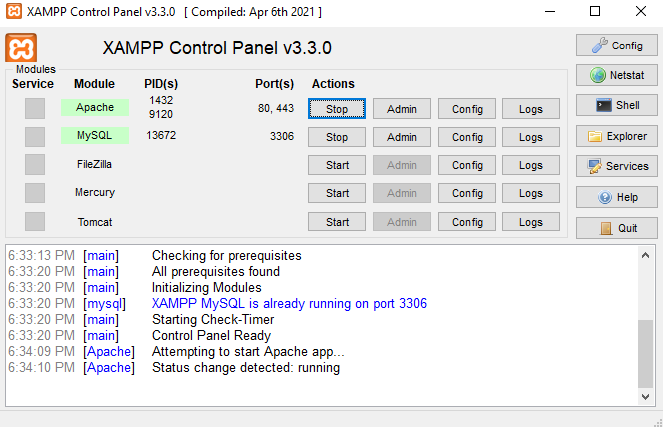
Basic Civil and Environmental Engineering
Earlier, chain and tapes were used for measurement of distances and compass for measuring the direction of survey lines. These methods are still used in surveying small areas. There are number of difficulties in measurement in difficult terrain. Bushes, ponds and rivers are some of the obstacles for chaining and taping. Steel structures and objects attract compass needles and distort angle measurements. Magnetic declination at a site varies from time to time. In compass survey, this correction is required. To overcome these difficulties many survey equipments are developed and surveying is made more accurate and fast. Some of these methods are presented in this article.
Earlier, dumpy levels which consists of a telescope, a level tube and levelling head was used for finding the difference between horizontal sight from level to the ground point where graduated staff is held. The axis of level tube and line of sight through telescope are fixed parallel to each other. Levelling head consist of two parallel plates with three or four foot screws. Lower plate is screwed on to a tripod stand. By operating foot screws, top plate to which telescope is fitted, is tilted till level tube is centered. In this position, horizontal line of sight is obtained.
Nowadays auto levels have been developed. Levelling of the instrument is simplified. Within a certain tilt range automatic levelling is achieved by an inclination compensating device. This device is called tilt compensator which is suspended like a pendulum and inserted in the path of light rays through the telescope [Ref. Fig 7.3]. The operation comfort, high speed and precision are the advantages of this instruments. The plate 7.1 shows a dumpy level and plate 7.2 shows a typical auto level.






